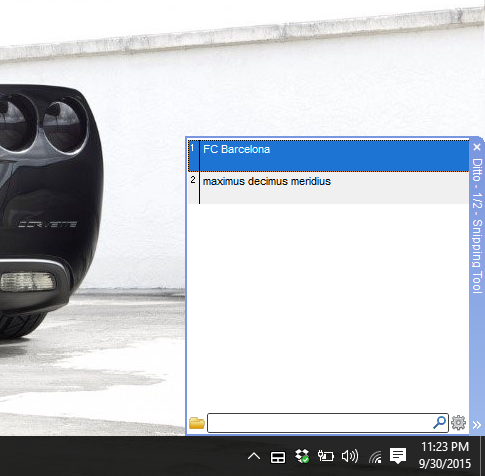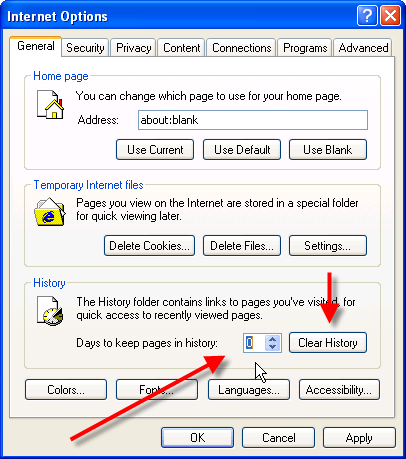Windows 10 isn’t the most battery friendly of operating systems due to its bulky, power hungry, unoptimized nature. If you think your battery is depleting faster than it should, learn how you can save battery in Windows 10 through the battery saver option.
Windows 10 gives poor battery life
I have personally monitored my battery’s depletion after upgrading to Windows 10. Two friends of mine – one having Windows 8.1 installed and the other Windows 7 – all sat together on my request to check whether this theory was true. Much to our expectations, indeed it was. Windows 10 and Windows 8.1 did have similar battery depletion times but Windows 7 looked the most friendliest of our three competitors.
One has to wonder the probable cause of this battery decrease. It’s probably linked to the constantly running apps in the background, automatic updating and background app refreshing. It has also been noted that visual effects also deplete your laptop’s battery. Visual effects are the animations that you witness in Windows’ GUI.
All the above mentioned features are very important in making Windows 10 what it is today. On the other hand, they really put a lot of pressure on your battery which already has a short life span. Your battery is the one thing that is going to leave your back before any other part of your laptop (assuming normal circumstances). Windows 10 may be a bit too hard on your battery but it has a lot of features that give your battery a helping hand as well which include creating a battery friendly custom power plan etc.
Another one of these salient features is the battery saver. The battery saver has been an omnipresent feature in laptops and it has done a splendid job in increasing battery life. Windows 10 allows you to manually turn it on if you’ve forgotten your charger at home and would like your battery to go the distance. Here’s how you can do that.
Steps to manually turn on battery saver in Windows 10
- Open Settings app.
- Click on System: Display, notifications, apps, power.
- From the vertical left side menu, click on battery saver.
- Toggle on the switch under Battery saver as shown in the image below.

Note that the battery saver cannot be turned on while your laptop is plugged in.
That’s it.
The post How To Save Battery In Windows 10 appeared first on Windows Clan.




